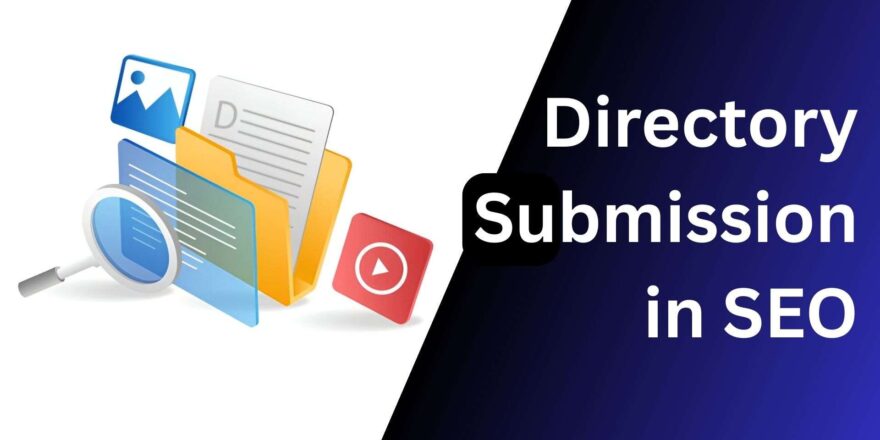Let’s cut through the noise: which on page element carries the most weight for SEO isn’t a mystery—it’s your title tag. Title tags are one of the most significant on-page components for ranking performance and click-through rates as they serve as the major conduit between search results and user engagement. An key ranking indicator for onsite SEO, SEO title tags—also referred to as page title tags or page titles—directly transmit page relevancy to search engines and prospective users. These HTML elements are vital for grabbing user attention and signaling subject value to search algorithms as they show up in search results as clickable headlines.
Why the Title Tag Reigns Supreme?
Your title tag isn’t just HTML—it’s a dual-purpose powerhouse:
- For search engines: It’s the primary signal defining your page’s topic and relevancy. Google’s algorithms heavily weigh it when ranking pages.
- For users: It’s the clickable headline in SERPs. A compelling title can boost CTR by 30%+.
Unlike meta descriptions (which influence clicks but not rankings) or headers (which structure content), the title tag is irreplaceable. As one expert notes: “Optimize this first, or risk invisibility.”
The Anatomy of a Perfect Title Tag
Winning titles blend psychology and technical precision. Here’s how to craft them:
- Front-load keywords: Put the keywords to the front: “Guest Post Outreach: Explanation of Future Best Practices 2025.” vs. “Guide to Best Practices: Guest Post Outreach”). This aligns with searcher intent and Google’s parsing behavior.
- 60 characters or less: Truncated titles lose impact. Check out previews using such tools as Yoast SEO, WordPress plugin.
- Spark emotion or curiosity: Apply power-words such as Ultimate/Proven/Secret, e.g. the Silent SEO Weapon You are ignoring.
- Mobile-first phrasing: The majority of searches, 58%, occur on phones. Prioritize clarity on smaller screens
Beyond Keywords: The Hidden SEO Multipliers
While the title tag leads, these elements amplify its power:
- Headers (H1-H6): Reinforce topic hierarchy. An H1 should reflect a title tag, and H2s make up subtopics division. This “content scaffolding” helps Google understand context.
Search engines employ the hierarchical content structure established by header tags to grasp the distribution of subjects and page organization. On-page search engine optimisation is contingent upon appropriate use of H1, H2, and H3 header tags, which the search algorithms use to understand how the information on Webpages is prepared. The two-fold purposes of these components are to send clear signals to the search engines regarding the structure of the contents and the subject orientation as well as to optimize the user experience with an increased ability of navigating the content.
- Image alt text: A secondary ranking vector. Target keywords are used to describe the images (e.g. alt=”diagram-showing-title-tag-optimization”).
- URL slugs: Keep them clean and keyword-rich (e.g.,
/title-tag-seo-guidenot/post?id=483).
Content Quality: The Undisputed Champion of Search Rankings
Outstanding content quality, which Google has continually reinforced as the most critical ranking factor across all search engines, lies at the basis of any efficient SEO effort. The purpose of the search engine behemoth is to give consumers with relevant, high-quality information that meets search intent and delivers them actual value. Another aspect that demonstrates the dedication of Google to user satisfaction is the fact that Google is concentrated on high-quality content and this is why the strategy that involves optimization of the content is indeed more successful when compared to the strategy that involves the technical manipulation of content.
Delivering quality content remains to be the most important ingredient of the Google algorithm which features regular supplier of useful content with swifter indexation and high-ranking. Such emphasis means that despite the importance of technical optimization, the success of all other SEO operations depends on the foundation of quality content.
Future-Proofing Your Titles for 2026
Voice search and AI are reshaping titles:
- Voice optimization: 55% of teens use voice search daily. Target question-based titles like “How Long Should a Title Tag Be?”.
- AI personalization: Tools now generate dynamic titles based on user location or behavior. Test them cautiously—authenticity still wins.
Meta Descriptions: The Persuasion Powerhouses
Meta descriptions are not directly used in search results, they do have a significant effect on user engagement statistics and click through rates which do affect SEO success in an indirect manner. Such HTML elements are marketing information that can entice the users to migrate to websites as they will appear as page description in search results. In order to narrow the gap between search exposure and genuine website traffic production, meta descriptions are vital conversion tools.
Optimized meta descriptions should incorporate:
- Clear value propositions that address search intent
- Compelling calls-to-action that encourage clicks
- Strategic keyword usage that reinforces relevance
- Unique descriptions that differentiate pages from competitors
The critical nature of meta descriptions to the click-through rates means that the two are crucial elements of comprehensive SEO implementation strategies that focus on both issues of visibility and engagement.
Technical Foundation Elements: The Supporting Infrastructure
The foundation support supplied by a variety of technical on-page components is crucial for later optimization efforts to be as successful as feasible. Since 2014, Google has evaluated site security certificates to impact rankings, and adopting HTTPS is a basic condition for competitive search results. Core web vitals, mobile responsiveness, and site loading speed all work together to give user experience signals that have a rising influence on search engine results.
Critical technical elements include:
- SSL certificates for security and trust signals
- Fast loading speeds that reduce bounce rates
- Mobile optimization for multi-device accessibility
- Clean HTML structure that facilitates crawling
These technical foundations ensure that high-quality content and optimized elements can achieve their full ranking potential without technical barriers limiting performance.
Integration Strategy: Maximizing Combined Element Impact
Even if each component has a different weight, the greatest SEO strategies integrate many on-page characteristics into coherent optimization frameworks that improve their overall impact. Strategic resource allocation and complete optimization coverage are made feasible by recognizing which on-page feature is most crucial for SEO. Professional SEO services, such as those provided by seoxport.com, are aware of these linkages and have the know-how to strategically implement and regularly enhance on-page elements to maximize their combined impact.



